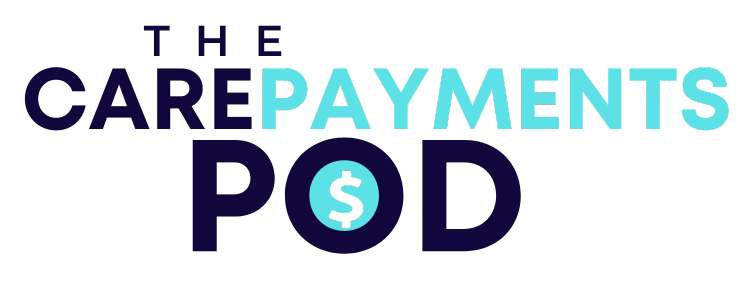As of February 2025, several developments are influencing the dual-eligible population, particularly concerning payers. Dual-eligible individuals, those eligible for both Medicare and Medicaid, represent a significant segment of the healthcare market. Payers, including insurance companies and managed care organizations, are adapting to these changes to better serve this population.
- Expansion of Dual Eligible Special Needs Plans (D-SNPs):
- Overview: D-SNPs are Medicare Advantage plans tailored for dual-eligible individuals, offering integrated care and additional benefits.
- Recent Developments: Between 2018 and 2021, the share of dual-eligible individuals enrolled in D-SNPs more than doubled in 19 states, indicating a significant shift toward integrated care models.
kff.org - Implications for Payers: This growth presents opportunities for payers to develop and expand D-SNP offerings, enhancing care coordination and potentially improving health outcomes for dual-eligible beneficiaries.
- Regulatory Changes Affecting D-SNPs:
- Overview: The Centers for Medicare & Medicaid Services (CMS) has implemented regulatory changes impacting D-SNPs.
- Key Changes: CMS has finalized rules affecting how dual-eligible individuals access Medicare Advantage plans, including adjustments to D-SNP enrollment and contracting processes.
justiceinaging.org - Implications for Payers: Payers must adapt to these regulatory changes to ensure compliance and continue offering competitive D-SNP products.
- Impact of Medicaid Redeterminations:
- Overview: The unwinding of Medicaid continuous enrollment policies has led to redeterminations of Medicaid eligibility.
- Recent Findings: Over 1.6 million dual-eligible individuals lost full Medicaid coverage since the unwinding period began in April 2023, representing over 17% of full duals enrolled prior to the beginning of the unwinding process.
norc.org - Implications for Payers: Payers may experience changes in enrollment patterns and should prepare for potential fluctuations in dual-eligible populations.
- Growth in Medicare Advantage Plans:
- Overview: Medicare Advantage plans, including D-SNPs, are experiencing significant growth.
- Recent Trends: The share of dual-eligible individuals enrolled in D-SNPs has more than doubled in 19 states between 2018 and 2021, indicating a strong trend toward integrated care models.
kff.org - Implications for Payers: This growth presents opportunities for payers to develop and expand D-SNP offerings, enhancing care coordination and potentially improving health outcomes for dual-eligible beneficiaries.
- Policy Changes Affecting D-SNPs:
- Overview: CMS has finalized a rule affecting how dual-eligible individuals access Medicare Advantage plans.
- Key Changes: The rule includes changes to D-SNP enrollment and contracting processes, impacting how dual-eligible individuals access Medicare Advantage plans.
justiceinaging.org - Implications for Payers: Payers must adapt to these regulatory changes to ensure compliance and continue offering competitive D-SNP products.
- Financial Implications of Dual-Eligible Populations:
- Overview: Dual-eligible individuals drive significant spending in both Medicare and Medicaid programs.
- Recent Findings: Medicare beneficiaries who are also enrolled in Medicaid (dual-eligible) drive significant spending in both Medicare and Medicaid programs.
jamanetwork.com - Implications for Payers: Payers serving dual-eligible populations may face financial challenges due to the high costs associated with this group.
- Integration Challenges:
- Overview: Integrating care for dual-eligible individuals presents challenges due to the complexity of coordinating Medicare and Medicaid benefits.
- Recent Insights: More than 9 million people are dually eligible for Medicare and full Medicaid, including Medicaid benefits like long-term care, and in most states, dental and vision care. However, dually eligible individuals do not receive double the coverage or care because Medicare and Medicaid operate separately, so responsibility and accountability for dual eligibles are often unclear.
ldi.upenn.edu - Implications for Payers: Payers need to develop strategies to effectively integrate care for dual-eligible individuals, ensuring seamless coordination between Medicare and Medicaid services.
- Policy Changes Affecting D-SNPs:
- Overview: CMS has finalized a rule affecting how dual-eligible individuals access Medicare Advantage plans.
- Key Changes: The rule includes changes to D-SNP enrollment and contracting processes, impacting how dual-eligible individuals access Medicare Advantage plans.
justiceinaging.org - Implications for Payers: Payers must adapt to these regulatory changes to ensure compliance and continue offering competitive D-SNP products.
- Financial Implications of Dual-Eligible Populations:
- Overview: Dual-eligible individuals drive significant spending in both Medicare and Medicaid programs.
- Recent Findings: Medicare beneficiaries who are also enrolled in Medicaid (dual-eligible) drive significant spending in both Medicare and Medicaid programs.
jamanetwork.com - Implications for Payers: Payers serving dual-eligible populations may face financial challenges due to the high costs associated with this group.
- Growth in Medicare Advantage Plans:
- Overview: Medicare Advantage plans, including D-SNPs, are experiencing significant growth.
- Recent Trends: The share of dual-eligible individuals enrolled in D-SNPs has more than doubled in 19 states between 2018 and 2021.




